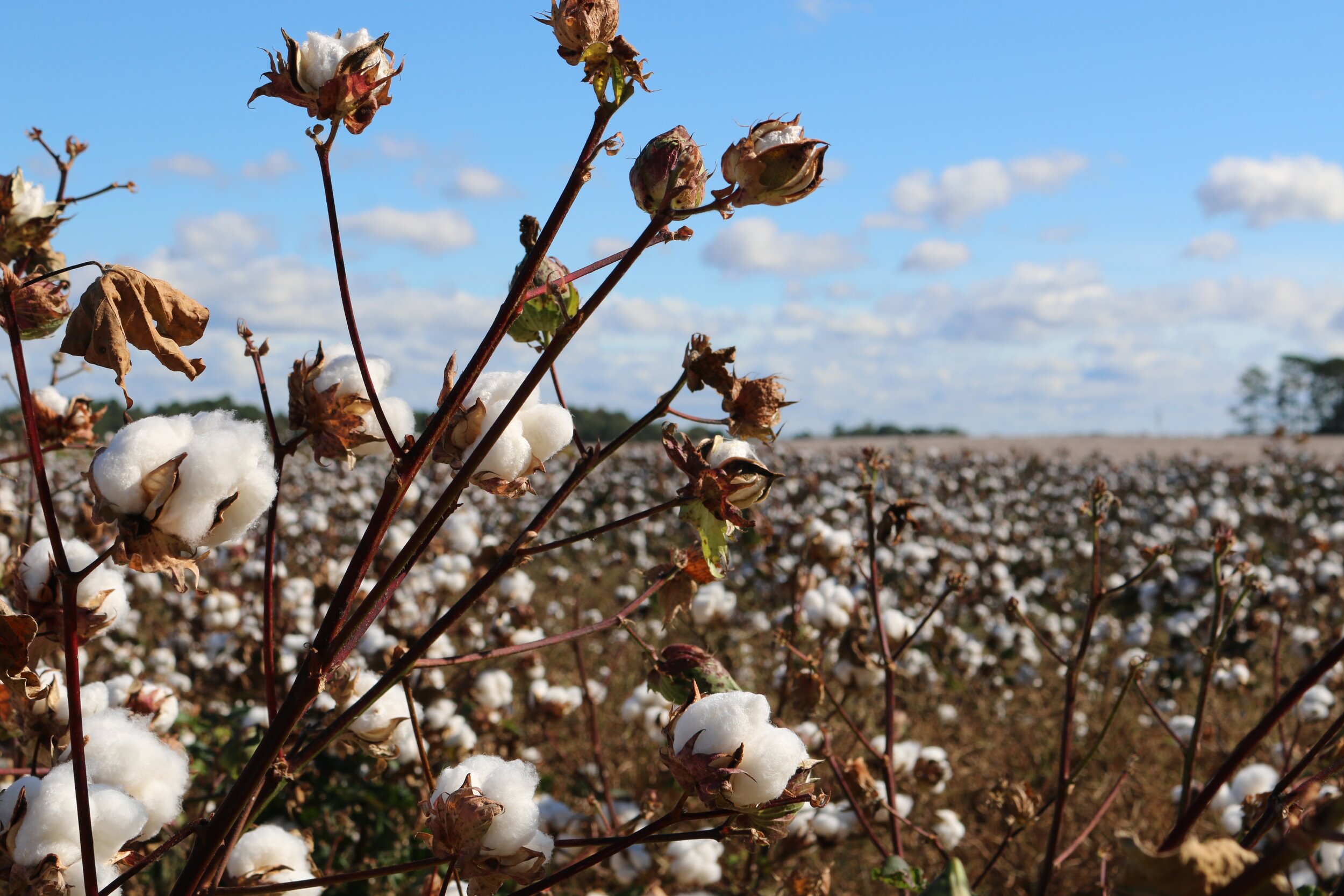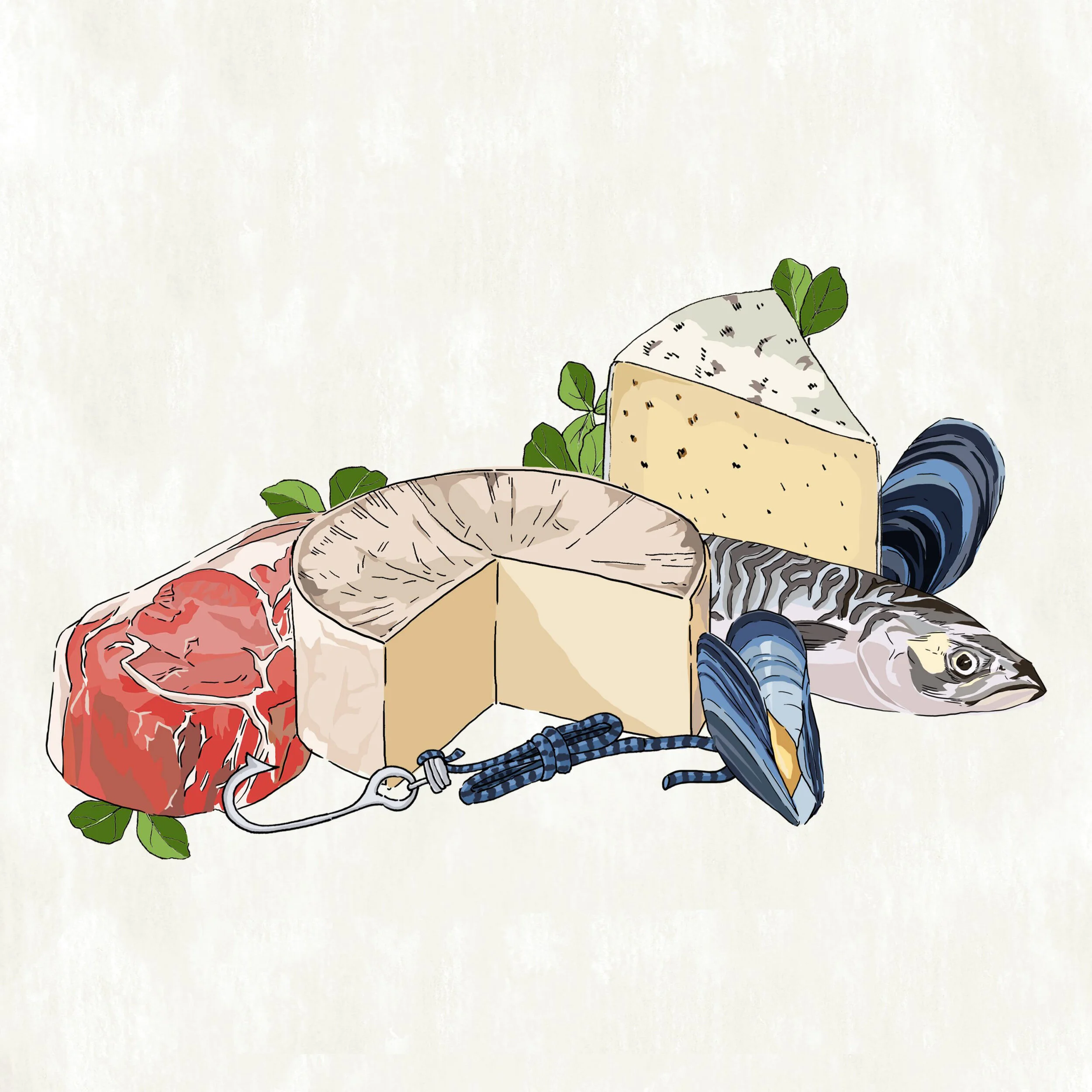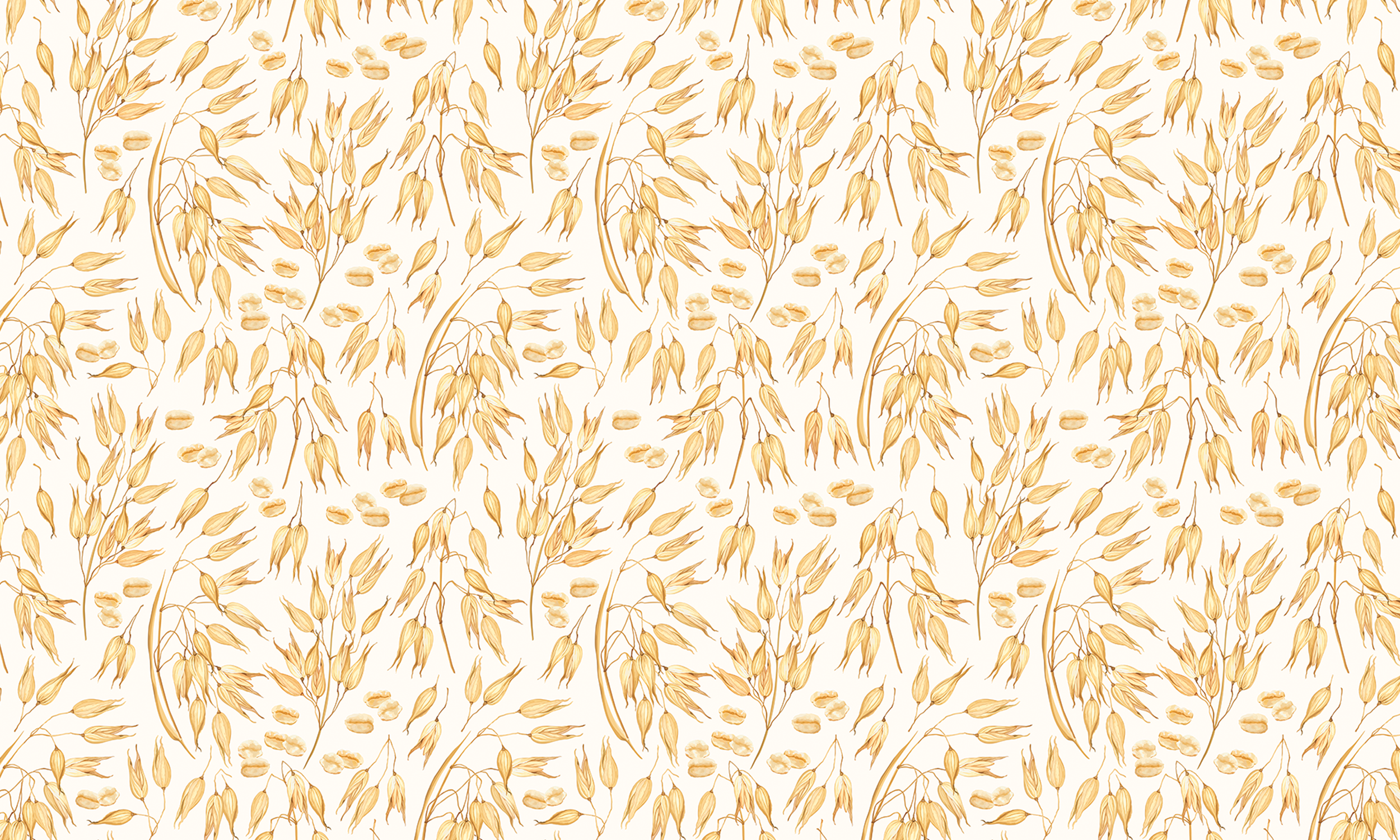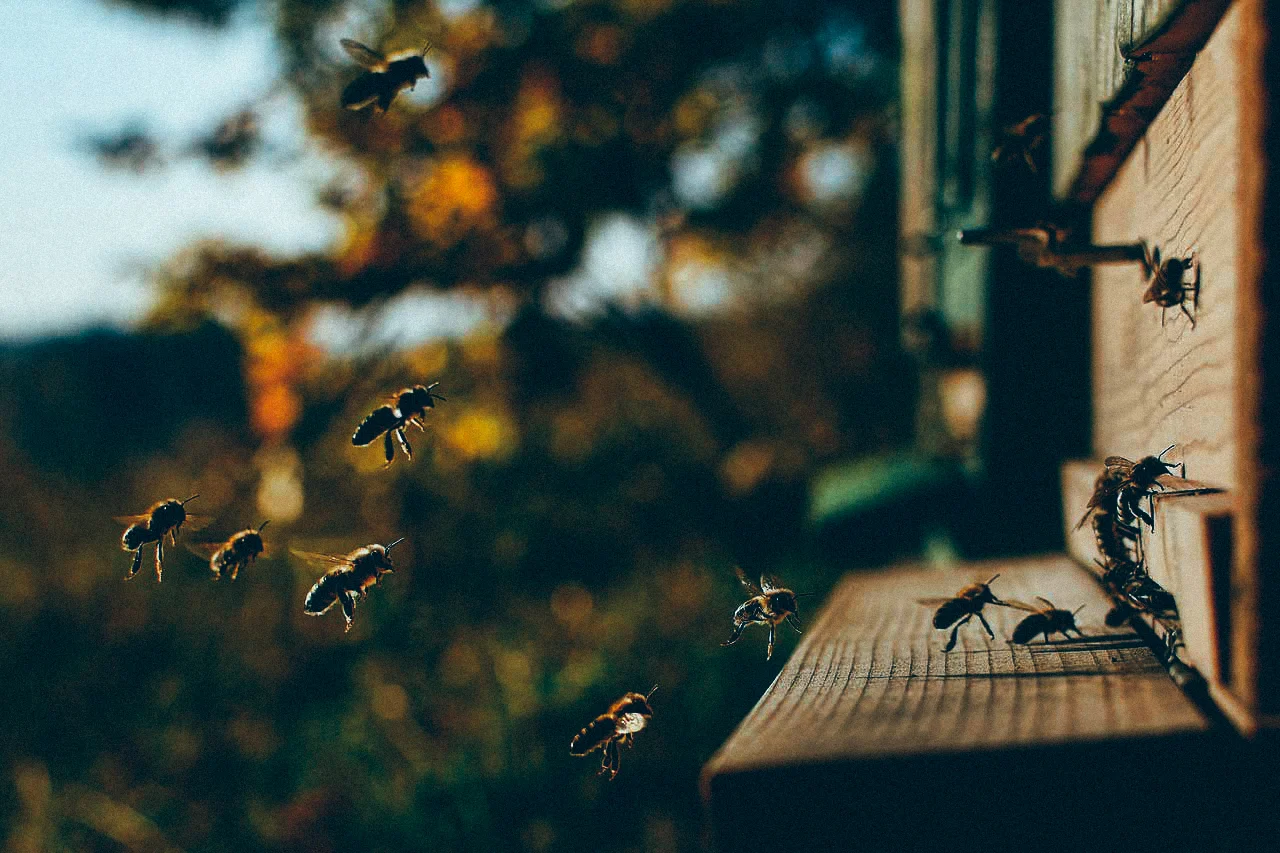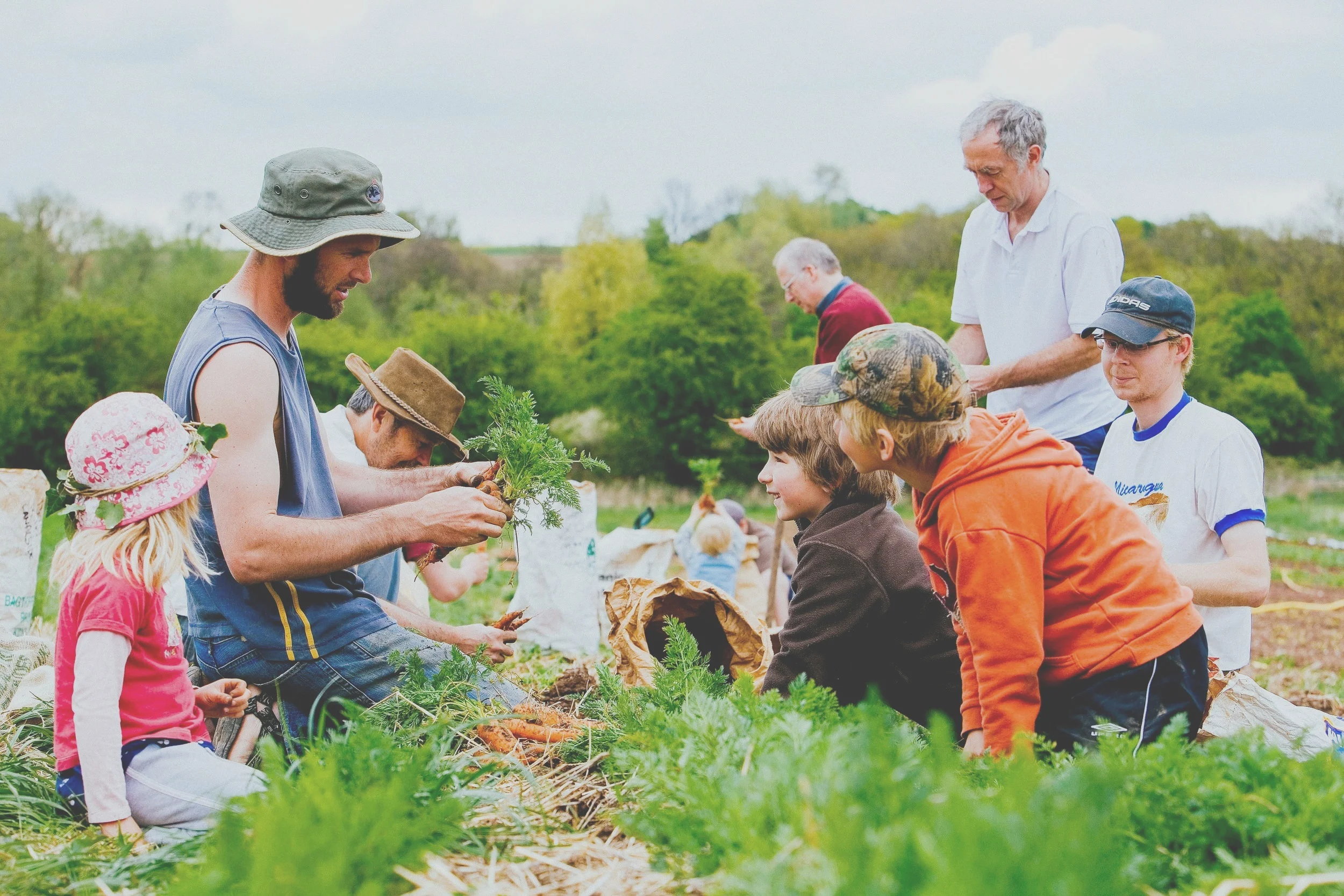In the first Jurassic Park movie, there is a scene where the head zookeeper reveals that the genetically engineered velociraptors have been systematically testing the electric fences that confine them to find out where they are weakest and where they are strongest.
Remarkably prescient for a popular film, it has become, throughout its franchise, a kind of I Ching of genetic engineering, covering themes of noble purpose gone astray and science for greed and profit vs science as a search for meaning and truth, the battle of man vs nature and the limits of genetic engineering and of conservation.
After nearly three decades it remains a good example of how science, fiction and metaphor can and do collide in the real world.
The rise of GMO 2.0
Over the last few years, ‘testing the fences’ has become fundamental to the biotech industry’s PR plan. For decades, genetic engineers have been fighting a losing battle to get the public to accept genetically engineered food. The first genetically modified (GMO) food approved for release was the Flavr Savr tomato, which came onto the US market in 1994 – a year after Jurassic Park made its cinema debut.
In all that time, genetically engineered crops – modified to produce their own pesticides or to be resistant to repeated spraying with highly toxic weedkillers – have failed to reach any kind of meaningful scale anywhere except in the Americas. Consumer resistance is one reason for this, but the relatively limited types of GMO crops (maize, soya, oilseed rape and cotton dominate the marketplace) their association with higher pesticide use and the associated environmental destruction, as well as higher overall costs for farmers have also been influential.
Even so, the science of genetic engineering continues to advance. In recent years the number of potential uses for the technology has grown to encompass human health and medicine, farm animals, personal hygiene and cosmetic products and, perhaps most controversially, conservation.
Each of these uses represents a fence to be tested – Is the science a better fit or not? Is public acceptance greater or not? Can regulations be bypassed or done away with altogether, or is regulation crucial to safety and some measure of control in the face of uncertainty?
This rapid expansion of biotechnology into different areas is due to a new suite of genetic engineering technologies known as genome editing, which includes gene editing techniques such as CRISPR as well as synthetic biology and gene drives.
Of these, CRISPR is undoubtedly the most well known. What makes these new GMO technologies – sometimes referred to as GMO 2.0 – different is that they can create genetically engineered organisms more cheaply, more easily and more quickly than ever before.
A need for speed?
As the multiple crises that our planet faces have become apparent over the last few years, there is an increasing sense of urgency, a sense that we must act and we must act now.
In this swirl of panic and concern has emerged a report from the International Union for the Conservation of Nature (IUCN), Genetic Frontiers for Conservation: an assessment of synthetic biology and biodiversity conservation.
The report, three years in the making and published in May 2019, presents itself as an attempt to lay out the pros and cons of re-programming nature through new genetic engineering technologies.
Gene drives and synthetic biology, it said, could be a way of, among other things, reviving declining or even extinct species, eradicating invasive species, improving soil and therefore plant health and biodiversity. It could engineering trees to absorb more carbon or be resistant to diseases, such as the invasive fungus that plagues the American chestnut tree, and re-engineering insects for pest management.
It is a controversial approach on several levels and opens up important questions around the use of genetic engineering in rewilding, climate change mitigation and conservation.
Some of these questions are practical – the technology has yet to be proven to work. Some are ethical: What are plants and animals for? Are there legitimate boundaries between natural and synthetic? What are our responsibilities as stewards of the planet? Do these responsibilities also require the acknowledgement of limitations?
Questions, but not many answers
Questions have also emerged about the IUCN proposal itself. In its report Driving under the influence, ETC Group in Canada reveal that of more than 40 individuals associated with the report, over half had a known pre-existing bias in favour of biotechnologies and/or a potential conflict of interest.
Pro-synthetic biology interest groups appear to have had a disproportionate influence on the writing of the report: at least 15 members of the group appear to be associated with or employed by Revive and Restore, Genetic Biocontrol of Invasive Rodents (GBIRd) or Target Malaria.
These three organisations are among the world’s most prominent and well-funded proponents of the development and deployment of gene drive organisms for environmental release.
Turning fields into labs
A new briefing from the Third World Network Biosafety Information Service spotlights concerns over the bewildering array of GE technologies – including gene drives – that essentially convert the environment into the laboratory, and can affect not only target organisms, but non-target organisms as well. This has implications for all kinds of plants, including crops and perhaps especially organic crops, that could easily be contaminated through inadvertent contact with gene drive ‘biomachines’.
In fact, we don’t know the full extent of how gene drives – which force genetic changes through entire species in the wild – might interact with the natural world.
An increasing number of scientists, however, are raising the alarm. Among them is Prof Kevin Esvelt of MIT, developer of the gene drive. Esvelt believes that early and irresponsible promotion of the technique means: “We are walking forwards blind. We are opening boxes without thinking about consequences. We are going to fall off the tightrope and lose the trust of the public.”
That quote, from an article published in Pacific Standard notes: “Not since Robert Oppenheimer has a scientist worked so hard against the proliferation of his own creation.”
Risks as well as benefits
Some arguments for genome editing in conservation seem superficially compelling.
Synthetic biology – creating new man-made species in the lab – could help save some threatened species like the horseshoe crab.
The blood of this prehistoric creature is in demand because it contains a medically valuable molecule that aids the detection of bacterial contamination in medicines and medical devices. As a result, it is being harvested to near extinction. A synthetically produced alternative could help conserve these species and the shorebird populations that depend on them.
Gene drives are proposed as a way of neutralising disease carrying insects such as mosquitoes.
CRISPR, it is proposed could be used to improve disease immunity in populations of the endangered animals such as the black-footed ferret or to re-engineer bees to be immune to pesticides.
But gene editing can cause unintended adverse effects in animals. A recent Wall St Journal investigation uncovered unintended effects including enlarged tongues and extra vertebrae. Brazil’s plans to breed hornless dairy cattle, gene-edited with TALENs were recently abandoned when a study by the US Food and Drug Administration revealed that one of the experimental animals contained a sequence of bacterial DNA including a gene conferring antibiotic resistance.
The recent release of gene-edited, gene drive mosquitoes in Brazil is also instructive. The insects were supposed to breed with native mosquitoes and produce weak offspring that would die quickly without passing on their altered genome. Instead, the offspring have proved to be robust and are now breeding well beyond their original breeding grounds.
It is also a relatively short step from re-engineering wild animals to conserve them to re-engineering them for other purposes. Geese, badgers and bison, for example, are all implicated in infecting farm animals with various diseases. What are the potential consequences of genetically ‘editing’ these wild animals so they don’t impact farm animals and therefore farm profits? Could a genome-edited wild animal unwittingly become a reservoir for zoonotic diseases for which we do not yet have viable treatments? What happens to engineered soil microorganisms when released in the wild? How might they alter the soil structure and microbiome if, for example, genetically engineered organisms become the dominant species?
Who gets to speak?
In considering the use of genetic engineering for conservation, it quickly becomes apparent that there are many more questions than answers.
IUCN will make discussions around this issue a theme of its World Conservation Congress in Marseille, France, 11-19 June 2020 and delegates will vote on specific actions the organisation should take and on a set of ‘principles’ that will guide the development of an IUCN Policy during the period 2020–24.
What is not clear yet is what will underpin those discussions, assessments and collaborations. What research will be included? What will be ignored? What values and goals will inform these decisions? What weight will be given to the concerns of different stakeholders? What does ‘informed consent’ mean for a technology that has multiple and unknown potential consequences?
IUCN recommends that conservationists and others need to engage with this topic and we agree. As proposed uses for genetic engineering technologies advance, all sides have been forced to ‘test the fences’ – to ask themselves where the limits lie and to consider the strengths and weaknesses of their positions.
But this process is not legitimate unless it ensures meaningful public dialogue on the use of genetic engineering in the natural world on which all of us depend.
It’s time to open up the conversation.
Further information: Beyond GM is a UK initiative, the aim of which is to raise the level of the debate around genetic engineering in food, farming and the environment. Launched in 2014, it is run by individuals with a deep experience of food, farming, activism and communication. Its work reaches out to multiple stakeholders but has a particular focus on citizen engagement.
Pat Thomas
Director of Beyond GM. She is a journalist and the author of multiple books on environment, health and food. Pat is a former editor of the Ecologist magazine and has also sat on the boards of the Soil Association and the Organic Research Centre.


